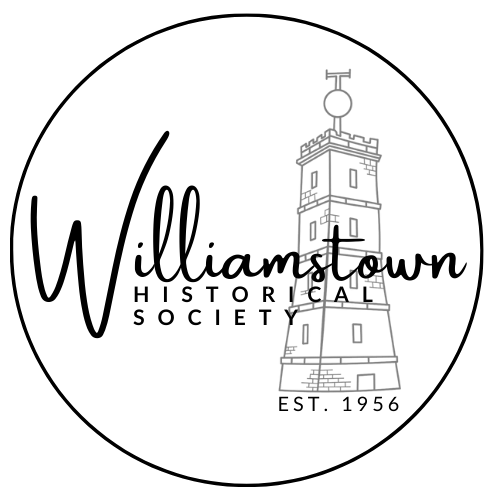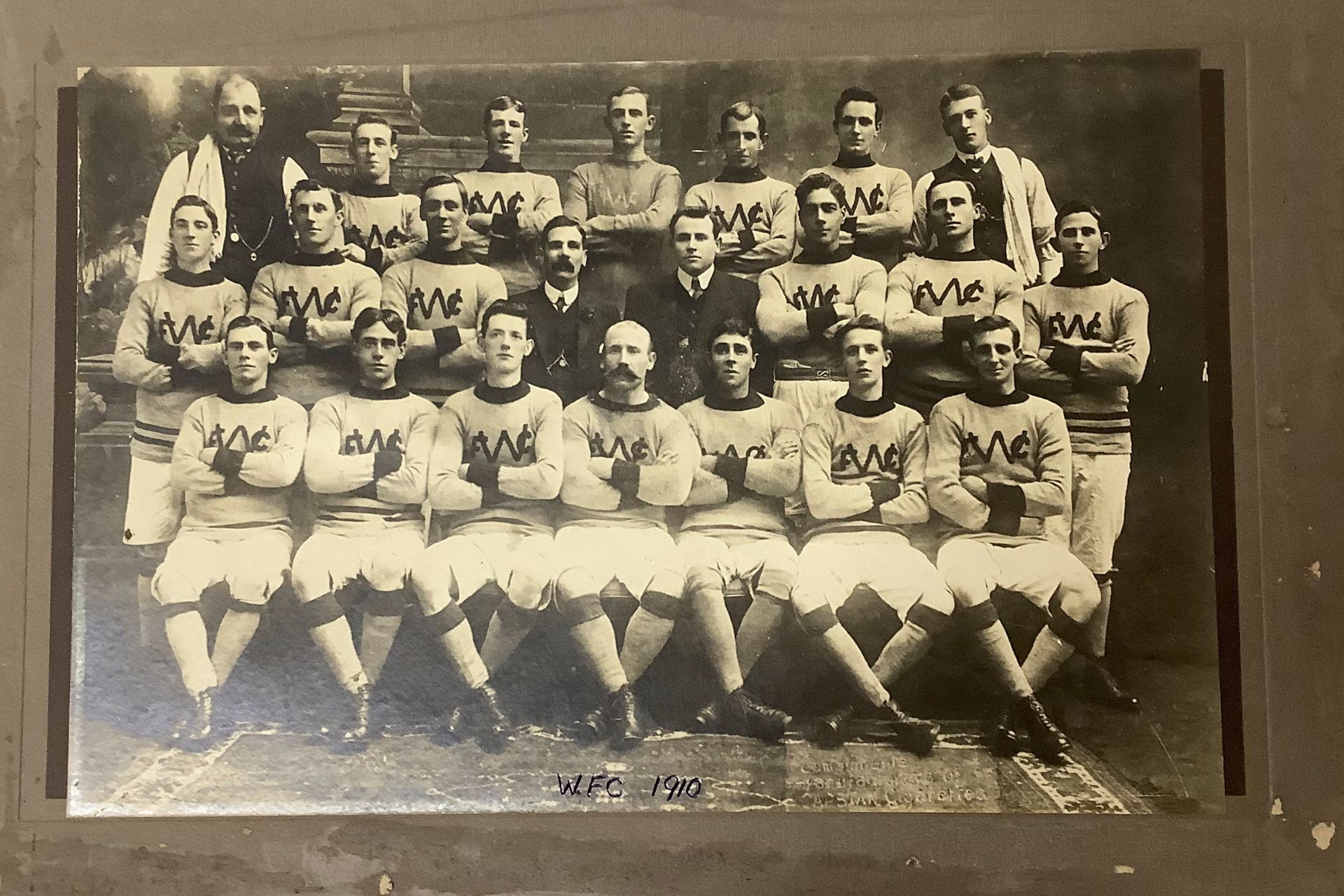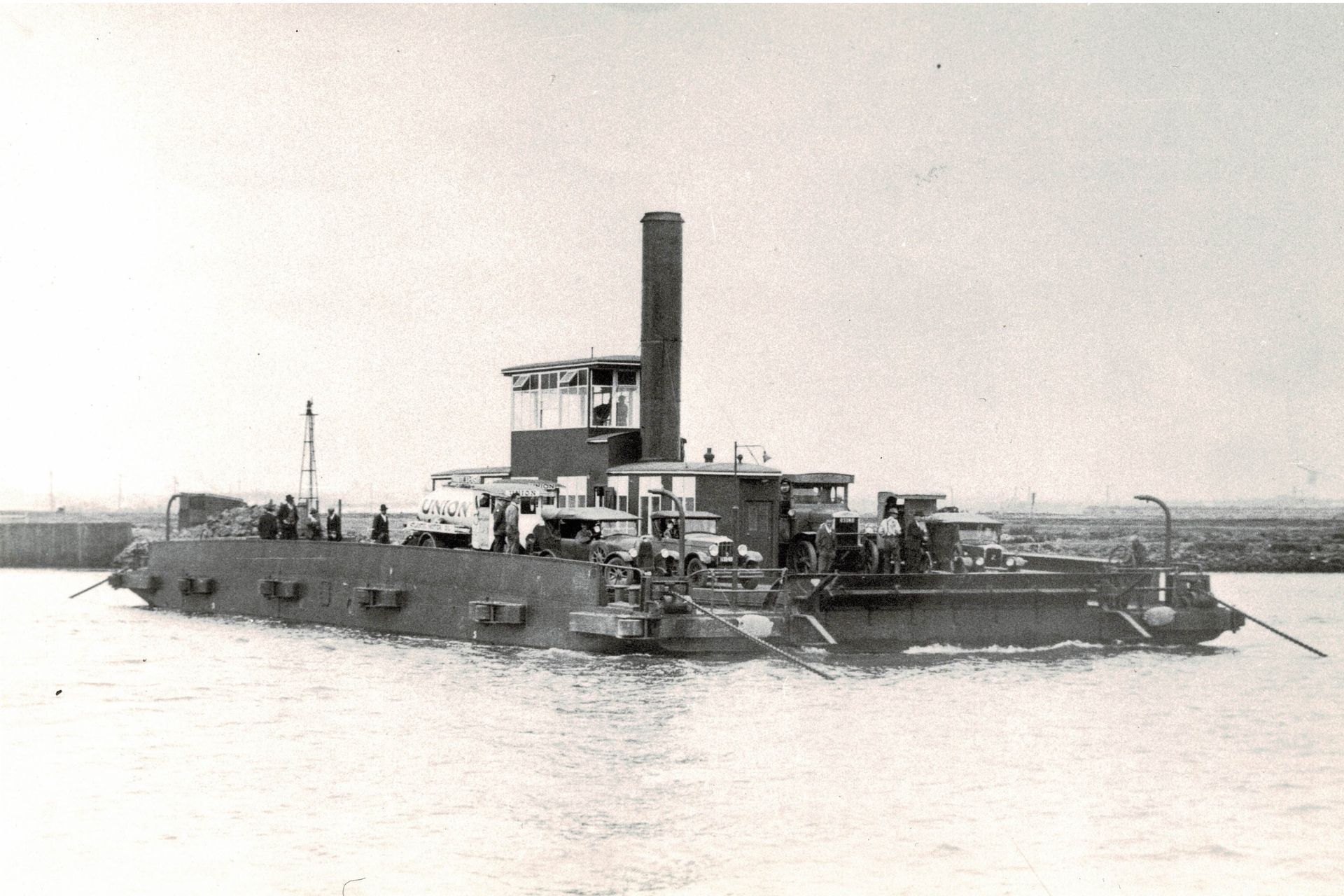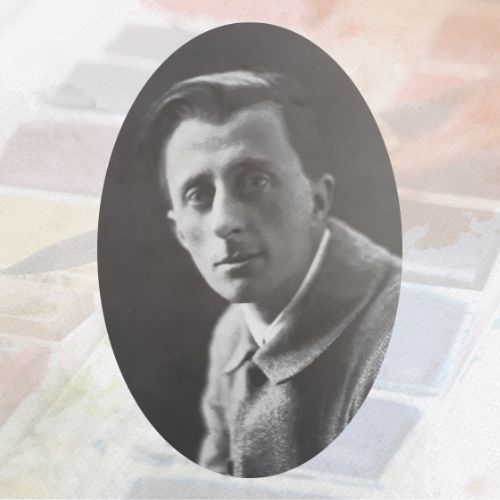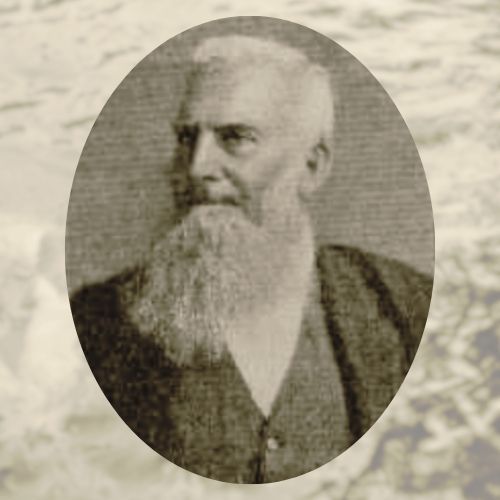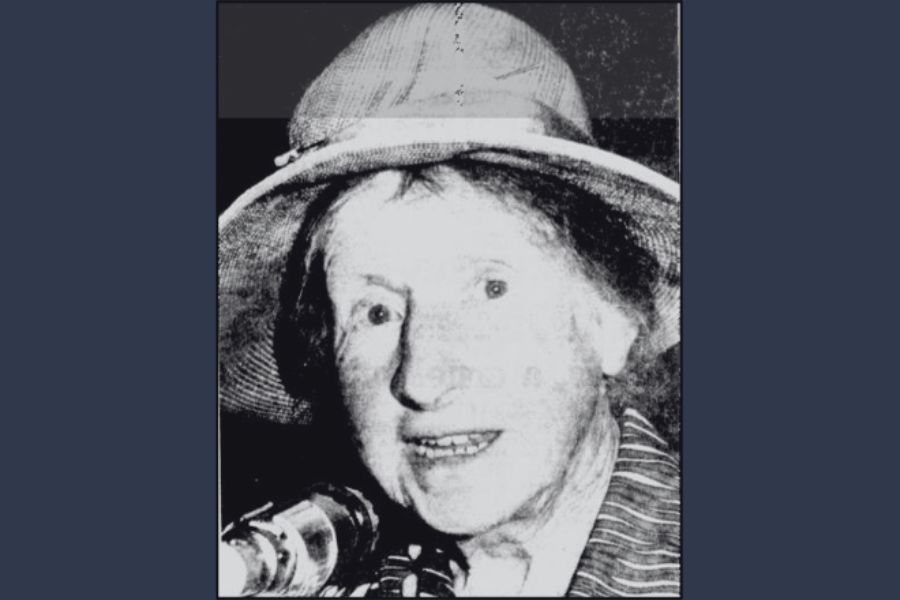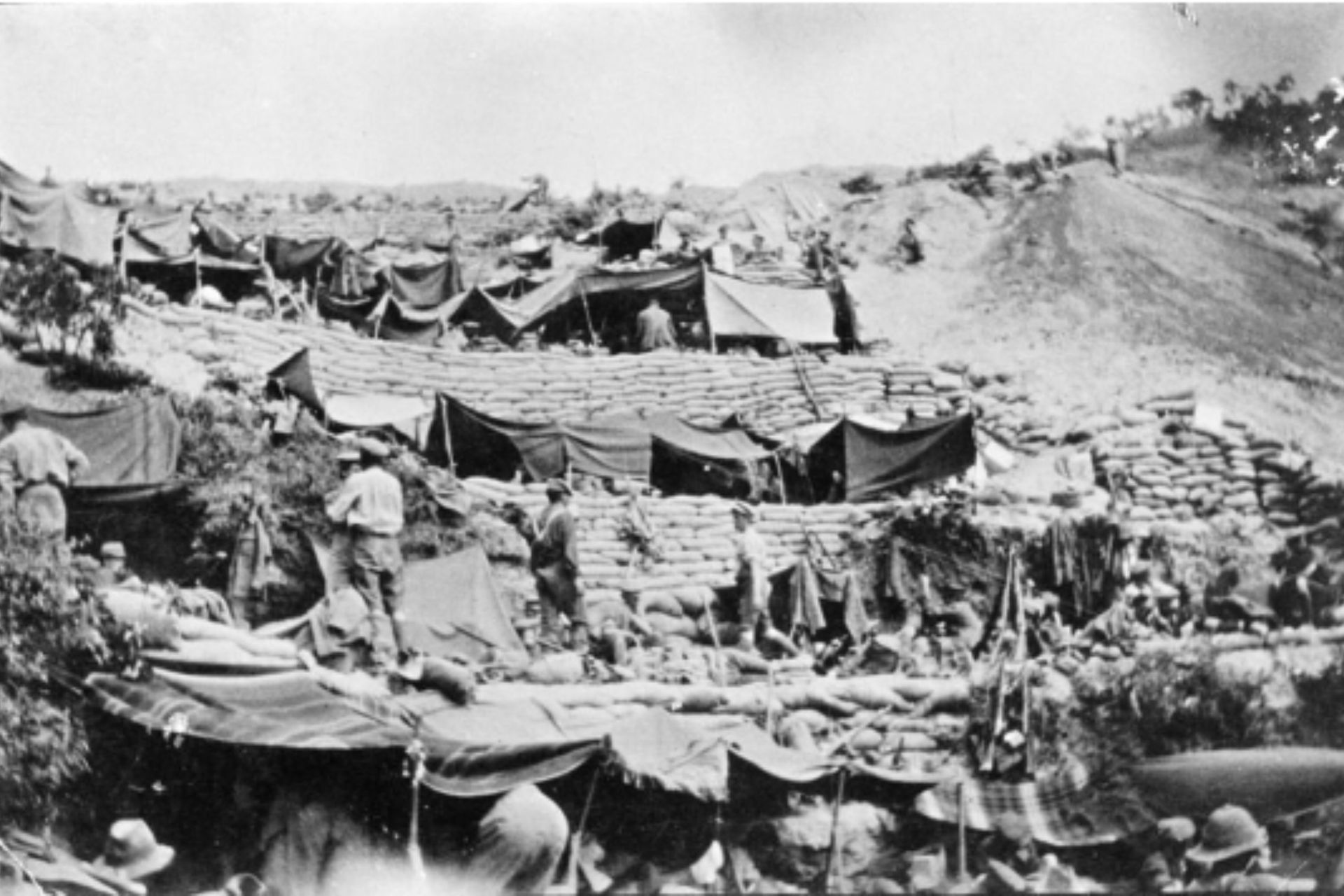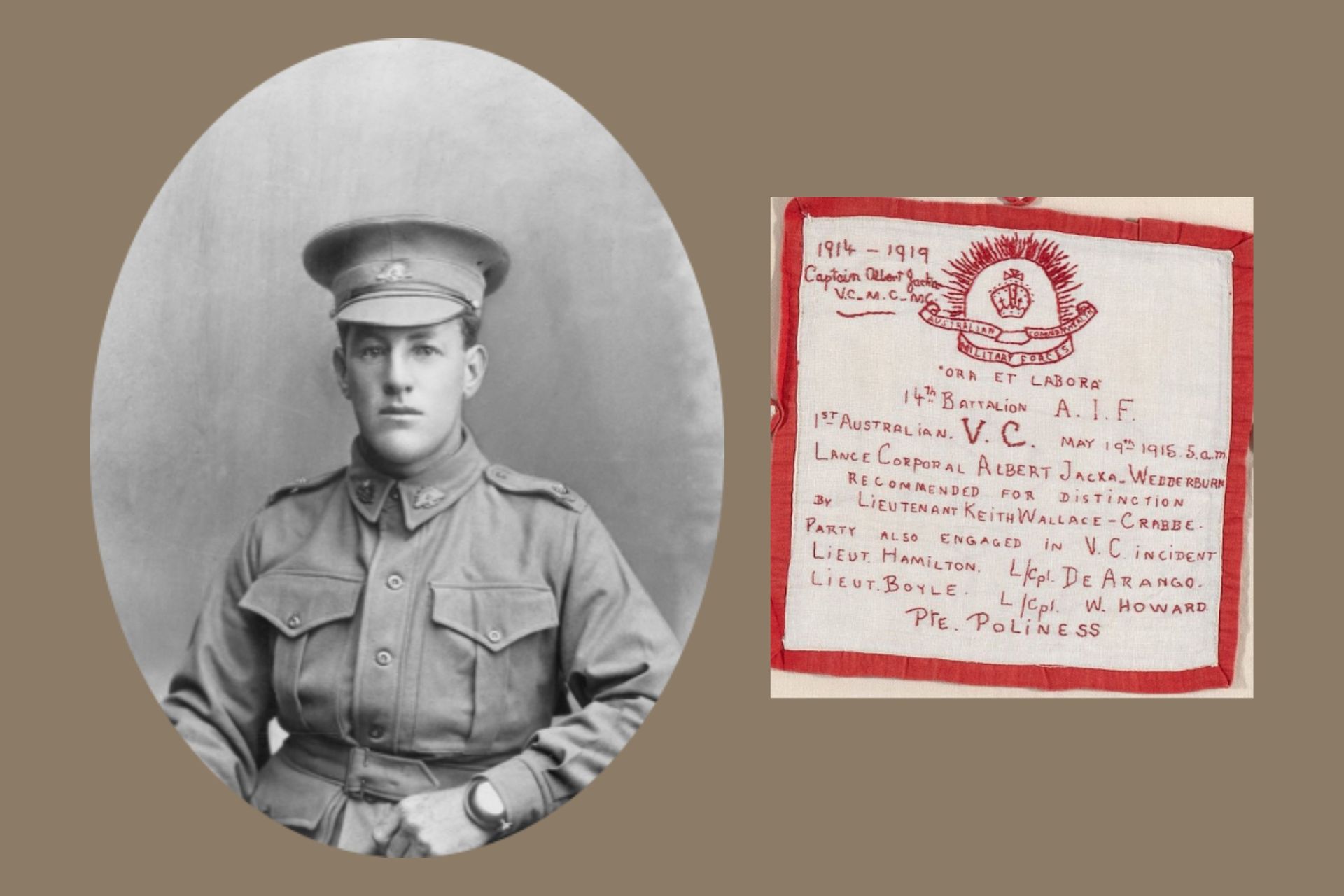The Creation of our Signature Quilt
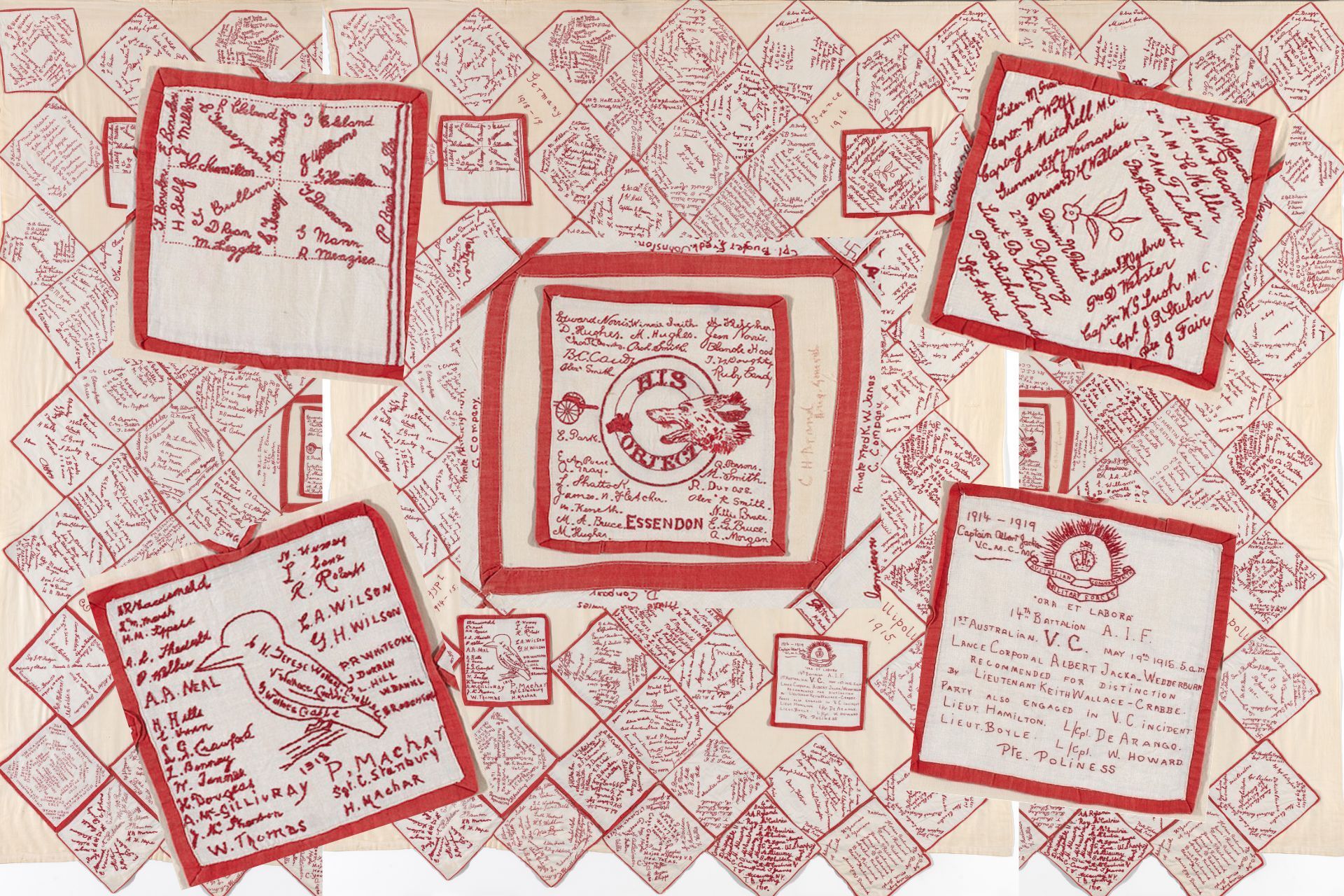
Who signed their names and how did they end up on this quilt?
After much research, we are confident that we have now established how and by whom our Signature Quilt was created.
We are calling it a signature quilt and not an autograph quilt. Many other organisations also created these types of quilts during the war and called them ‘autograph’ quilts.
However, many of the names on our quilt were provided by other family members and are not the actual ‘autographs’ of those featured on the quilt.
Many names are of soldiers who were fighting overseas and who subsequently died, and their families wanted to honour their memories by including their names on the quilt.
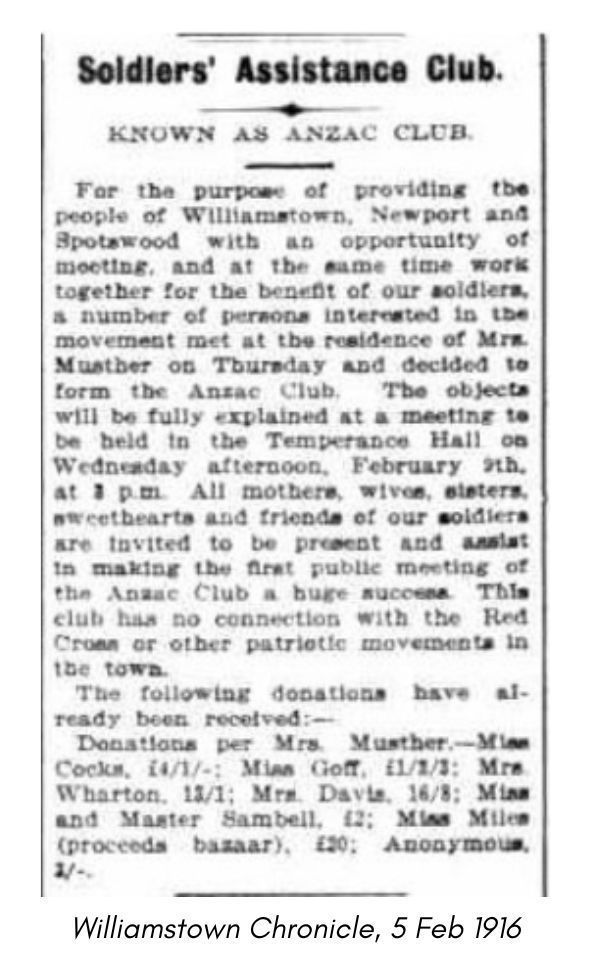
The ANZAC Club
We had originally been led to believe that the quilt had been made by a local group formed to raise funds to send ‘comfort parcels’ back to the serving men and women at the front – The ANZAC Club. The ANZAC Club was established by some of the women of Williamstown, Newport and Spotswood, who met at a Mrs Musther’s house on 3 February, 1916, with the idea originating from letters received from some the men at the front.
A subsequent meeting was held at the Williamstown Temperance Hall on Wednesday 9 February, 1916 at 3 pm. At this first official meeting, the office bearers were elected with the Mayoress, Miss Byrne, taking on the position as President, Vice-President Mrs George Smith; Honourable Secretary Mrs Musther; Honourable Treasurer Miss Simpson and Enrolling Secretary Mrs Bradshaw.
However, after looking through the list of office bearers of the ANZAC Club, we couldn’t find any of the women holding committee positions listed on our quilt which we thought was odd. So, we started looking through Trove once again.

The Allies’ Stall
We then found reference to another local group created by local church groups called the Allies’ Stall. They had decided to create a quilt to also raise funds for the war effort and had charged sixpence for anyone wanting to add their name to their quilt. Created by Mrs Hall of Chandler Street, the aim was that their quilt would be donated to the Williamstown Hospital at the end of the war.
However, after further research, we found a description of this quilt in the Williamstown Chronicle of 2 November, 1918 stating that it featured “19 large and 14 small crosses in red … wrought in white thread the names of leading townspeople”, which did not match our quilt, so this ruled this organisation out as the makers of our quilt.
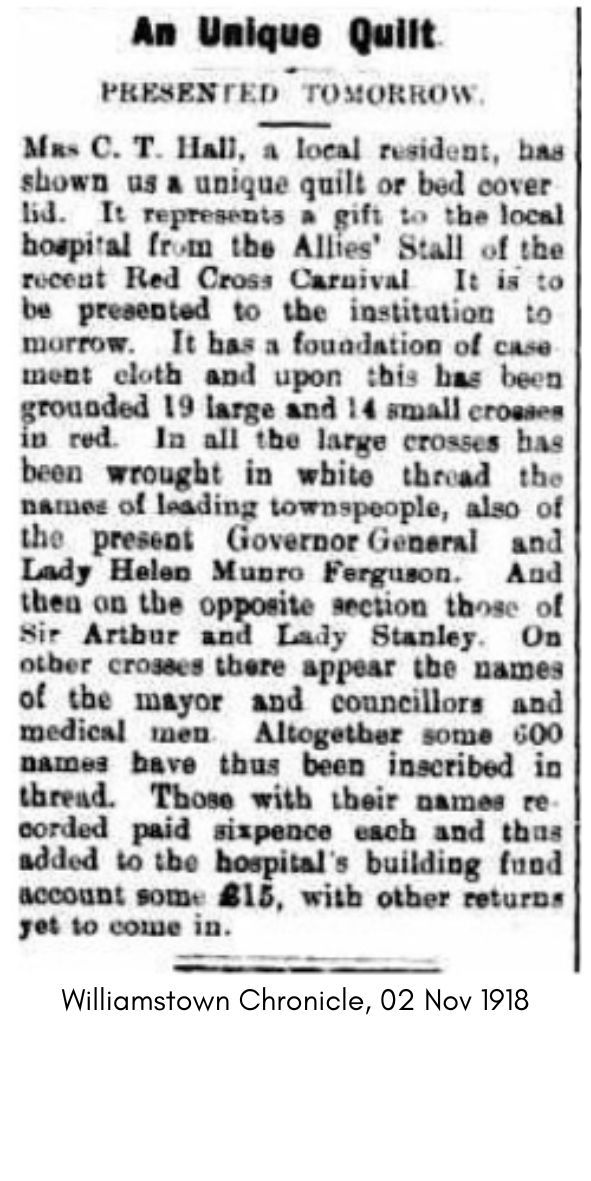
The 14th Battalion Comforts Fund
So, we then had to start again, and went back to the drawing board. Given that we knew that Captain Stewart Murray Hansen had definitely supplied the signatures of some of the men and women he served with or met overseas, and that it had been his mother, Mrs Agnes Hansen’s idea for Stewart to collect the signatures, we starting trawling through Trove again.
We then found that Mrs Hansen had been a committee member of another group called The 14th Battalion Comforts Fund, established to raise funds in support of the servicemen that were part of the 14th Battalion.
This fundraising group had been established in September, 1916 with the authority of the Defence Department. Miss Dare, the sister of Lieutenant-Colonel C.M.M. Dare, D.S.O., the commanding officer of the 14th Battalion, called a meeting of the mothers, wives and friends of the battalion and a committee was established.
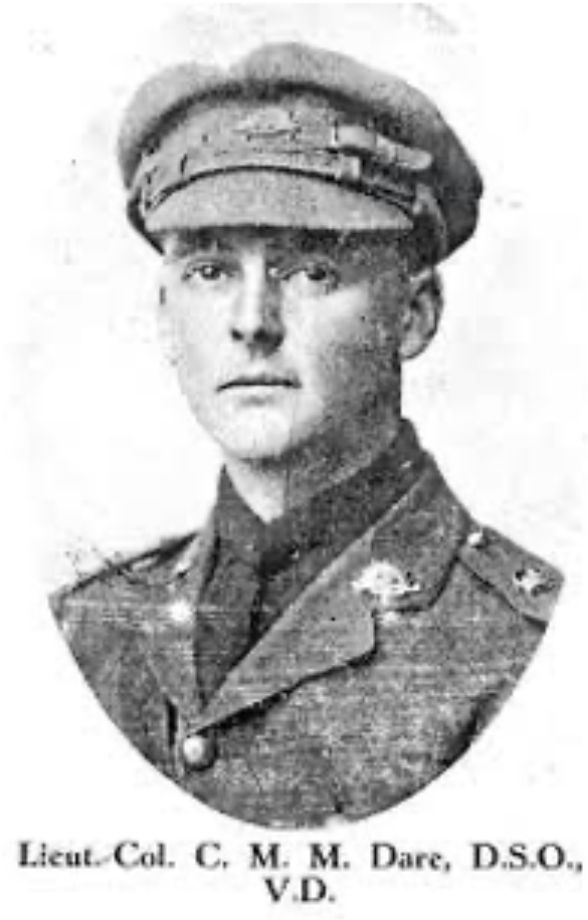
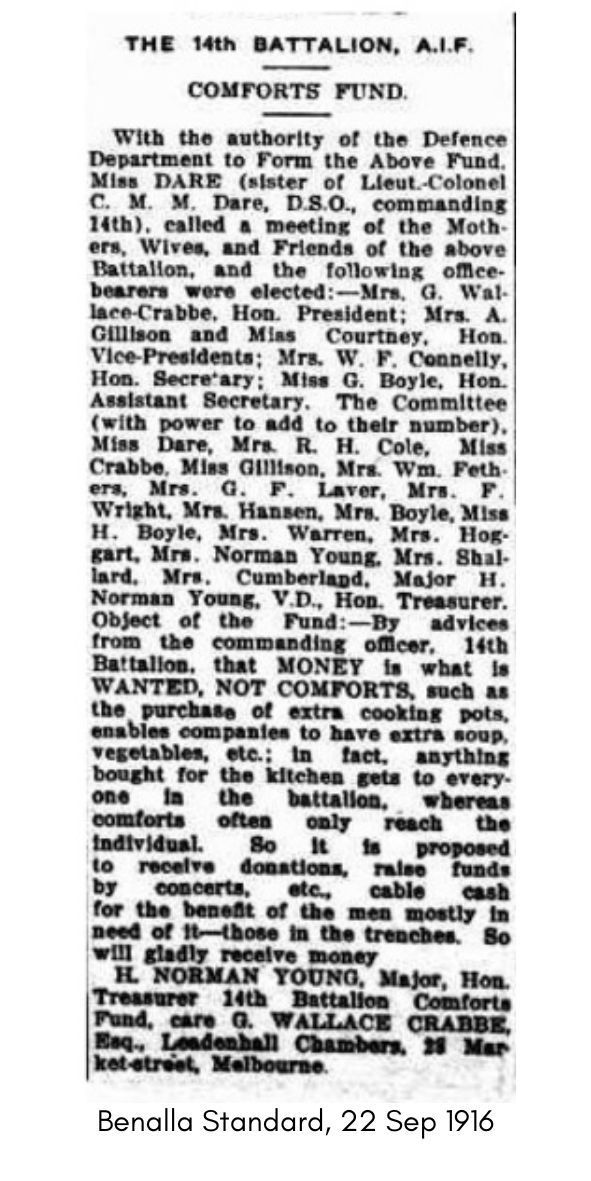
The Committee running the fund were featured in Punch, Melbourne in August, 1917 listing all of their names and their photos.

Top Row – Mrs. Wallace-Crabbe (President), Mrs. A. Gillison (Vice-President), Mrs. Clive Connollv (Hon. Sec.), Miss M. G. M. Boyle (Asst. Hon. Sec.), Mrs. F. H. Wright (Committee), Miss N. Boyle (Committee).
Second Row - Committee: Mrs. B. Roderick, Mrs. D. Fielden, Mrs. A. Thompson, Miss D. Thompson, Mrs. H. W. Thompson, Miss E. Thompson.
Third Row – Committee: Mrs. M. Harritt, Mrs. W. R. Hoggart, Mrs. A. E. Hughes, Mrs. I. Grimes, Mrs. G. F. Warren, Miss N. Millis.
Fourth Row – Committee: Miss V. Wallace-Crabbe, Mrs. C. Showers, Mrs. A. F. Graham, Mrs. F. Bridgman, Mrs. J. G. Hansen, Mrs. Mansley Greer.
Bottom Row – Committee: Mrs. R. H. Cole, Miss M. W. Gillison, Mrs. C. B. Cumberland, Mrs. S. E. Jones, Mrs. J. L. Cope, Mrs. J. S. Parker, Mrs. Fethers.
Photos: Alice Mills Studio, The Centreway, Collins Street, MelbourneNew Paragraph
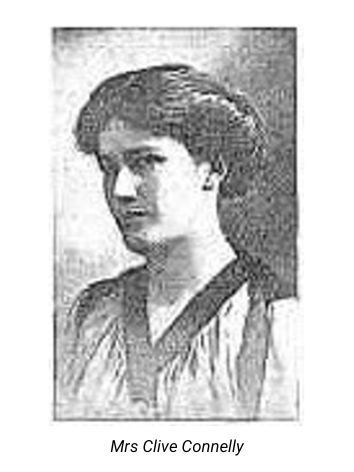
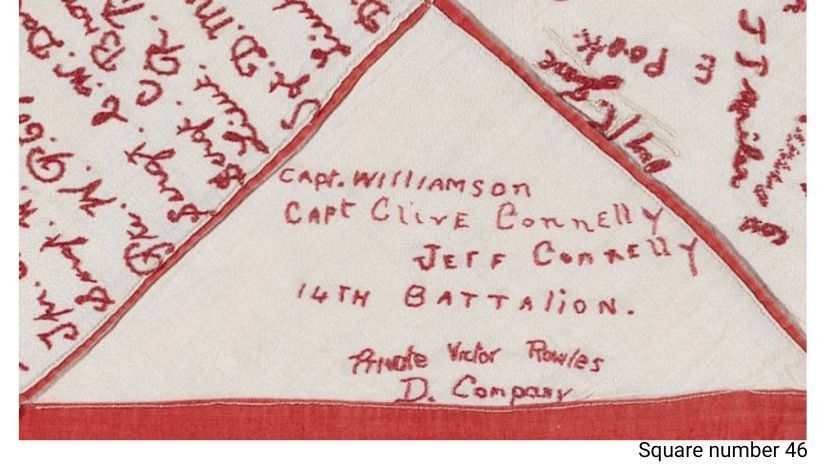
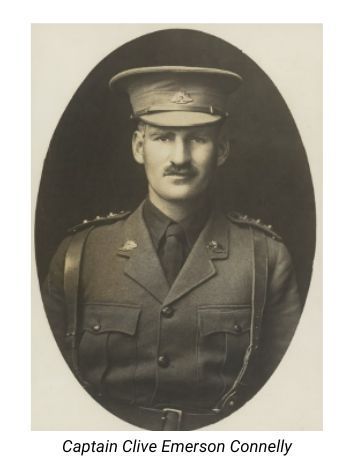
The idea for the quilt was to use square offcuts of calico and to ask anyone who was interested, to sign their name on one of the squares and to pay sixpence to do so. As each square was filled with signatures the ladies would then stitch the signature onto the calico with red cotton thread and then bind the edges in red before assembling all the squares together as a quilt.
However, on reflection, the ladies decided to make their quilt “different” to many of the other autograph quilts being made by other organisations. Mrs Agnes Hansen, mother of Captain Stewart Murray Hansen who was overseas fighting, came up with the idea of asking her son Stewart to collect the signatures of other service men and women he met and then to post them home to be included on the quilt. Captain Hansen duly collected signatures from many of the men from his 14th Battalion, as well as nurses, doctors, mechanics, drivers, clerics and many members of other battalions. When the squares arrived back in Melbourne, they were carefully embroidery by his mother and her friends.
References:
Trove Newspapers
Williamstown Chronicle
Punch, Melbourne
MRS AGNES HANSEN AND FRIENDS (attributed to)
Williamstown, Victoria, Australia
WW1 Patchwork Signature Quilt 1916-18
cotton, linen, cotton and silk thread
220.0 x 169.0 cm irreg.
Presented by Miss Win Stewart, 1971
Williamstown Historical Society, Williamstown (Acc No. 85)
